Malaria Facts
Malaria Facts
Facts
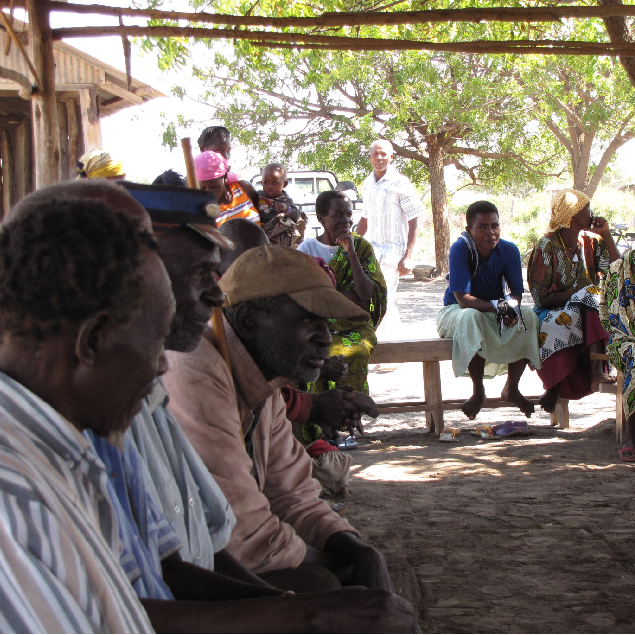
1.) Malaria is a serious, sometimes fatal disease that is spread by mosquitoes who have been infected by a parasite. The disease spreads when mosquitoes feed on humans.
2.) Malaria breeds mostly in warmer climates, where there is an abundance of humidity and rain.
3.) Malaria exists in 103 countries worldwide, affecting 3.3. billion people, but about 90% of malaria-related deaths occur in sub-Saharan Africa. The majority of those affected are children under the age of five.
4.) Based on recent data, 59 of those 103 countries are currently meeting standards needed to reverse the incidence of Malaria.
5.) In the US, about 1,500 cases of Malaria are found every year.
6.) Common side effects of malaria are high fever, chills, headache, and other flu-like symptoms. Severe illness and death can normally be avoided if the disease is properly treated.
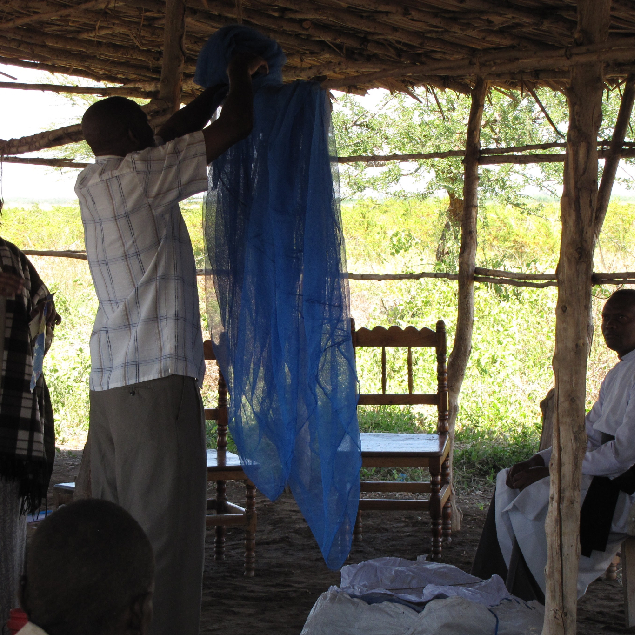
7.) An infected person may start feeling symptoms anywhere from a week to a month after they are bitten. With some rarer forms of Malaria, the parasite remains dormant and an infected person will not become ill for up to 4 years.
8.) In 2012, 207 million clinical cases of malaria were recorded worldwide. 627,000 cases were fatal.
9.) Pregnant women are extremely vulnerable to malaria. If the disease is contracted during pregnancy, it can be passed to the infant or result in low birth weight, which decreases the baby’s chance of survival.
10.) Travelers coming from areas without malaria often have no immunity and are very vulnerable to illness. Prevention is possible if you visit your primary care physician.
11.) Malaria is not a contagious disease. It cannot be contracted through contact with an infected person, sexually or otherwise.
Ten key facts on Malaria
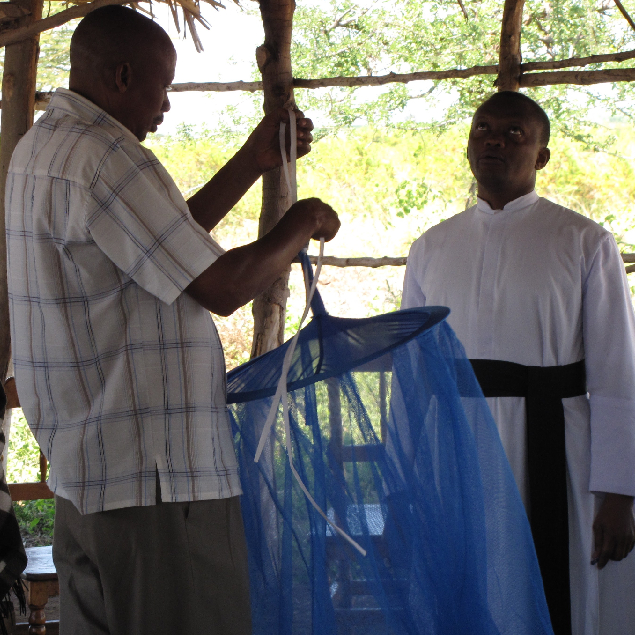
1.) Among all communicable diseases, malaria is the third largest killer of children between the ages of one month and five years, following pneumonia and diarrhea.
2.) Nearly 300,000 children under the age of five die of malaria died in 2016 equivalent to nearly 800 young lives lost each day.
3.) In the years between 2000 and 2015, the mortality rate for malaria fell by 60% and the number of malaria cases dropped by 37% globally. During those 15 years, 6.2 million deaths were averted, including the deaths of 5.9 million children under five.
4.) Progress on malaria is beginning to show signs of stagnation. In 2016, 91 countries reported a combined total of 216 million malaria cases – 5 million more than in 2015. Rwanda and Nigeria together saw an increase of over 1.5 million cases, while DRC recorded an additional 500,000 cases in 2015-2016.
5.) An estimated 90 per cent of malaria deaths occur in Sub-Saharan Africa, with 407,000 deaths in 2016.
6.) Malaria preys upon the vulnerable: children under five years of age, the poorest and most marginalized, pregnant women, and their unborn children. Malaria in pregnancy contributes significantly to deaths of mothers and young children, with an estimated tally of at least 10,000 women and 200,000 infants under one year old.
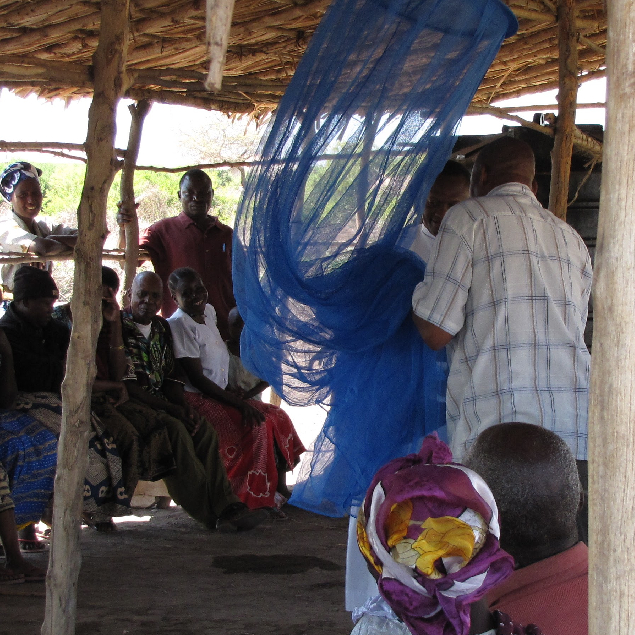
7.) Four out of five malaria deaths occur in one of 15 countries: Nigeria, the Democratic Republic of the Congo, India, Mozambique, Ghana, Angola, Uganda, Mali, Burkina Faso, Kenya, Tanzania, Cameroon, Niger, Guinea, and Chad. More than one in three malaria deaths occur in two countries: Nigeria and the Democratic Republic of the Congo. UNICEF has a country office in all these countries.
8.) Sleeping under an insecticide-treated bed net (ITN) is the most common and most effective way to prevent malaria infection. In 2016, an estimated 54% of people at risk of malaria in sub-Saharan Africa slept under an ITN compared to 30% in 2010. However, the rate of increase in ITN coverage has slowed since 2014. Less than half of households in sub-Saharan Africa have enough nets for all occupants.
9.) Countries that have achieved at least 3 consecutive years with no local cases of malaria are eligible to apply for certification of malaria elimination. In the last decade, six countries have been certified as having eliminated malaria: Morocco (2010), Turkmenistan (2010), Armenia (2011), Maldives (2015), Sri Lanka (2016) and Kyrgyzstan (2016). In the previous two decades, there was one United Arab Emirates (2007).
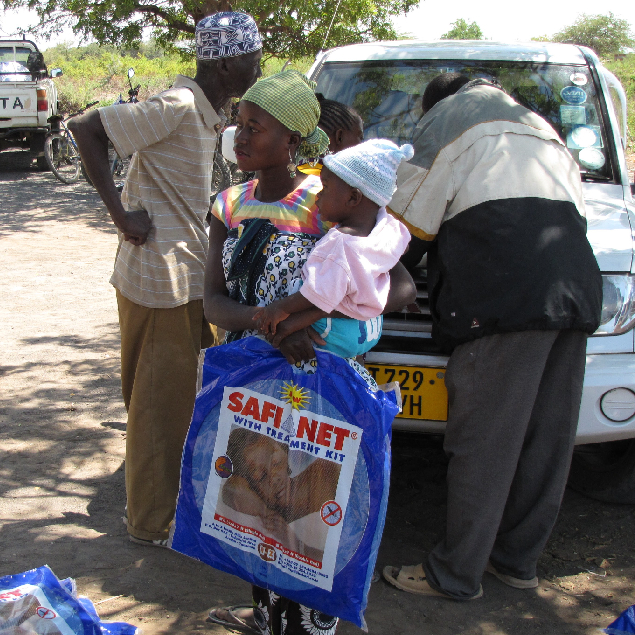
10.) In the last ten years, UNICEF has procured and helped distribute nearly 268 million insecticide-treated bed nets in more than 30 countries worldwide.
- In 2021, nearly half of the world’s population was at risk of malaria.
- That year, there were an estimated 247 million cases of malaria worldwide.
- The estimated number of malaria deaths stood at 619 000 in 2021.
- The African Region carries a disproportionately high share of the global malaria burden. In 2021, the Region was home to 95% of malaria cases and 96% of malaria deaths. Children under 5 accounted for about 80% of all malaria deaths in the Region.